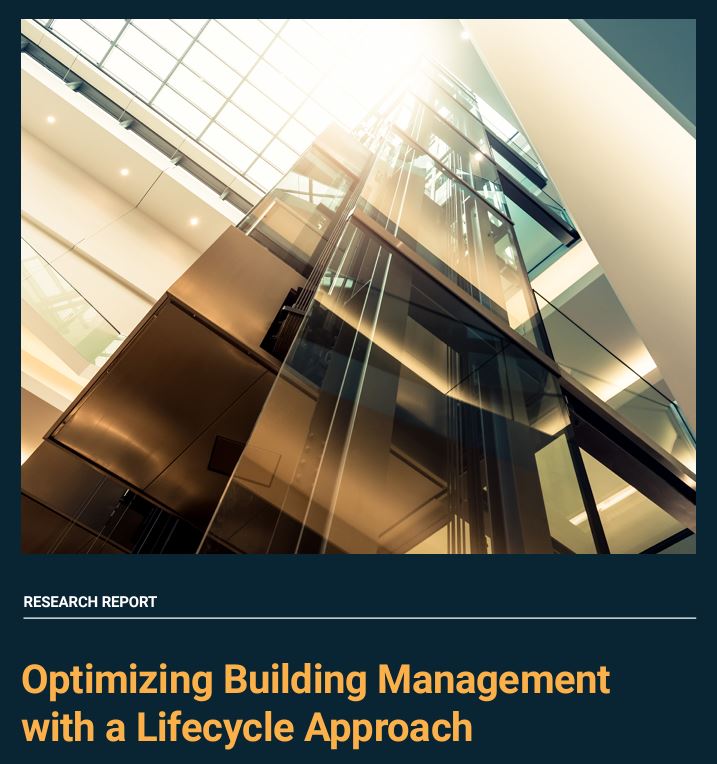Optimizing Building Management with a Lifecycle Approach

You do not have permission to view this content.
Oh No! You have reached your monthly article limit.
To access to this and more exclusive content become a member today.

You do not have permission to view this content.
To access to this and more exclusive content become a member today.